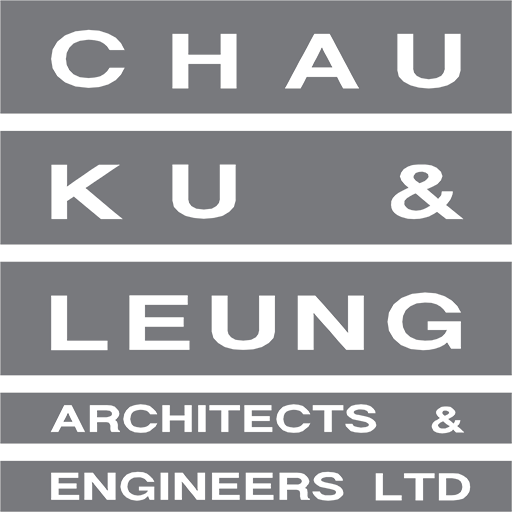
Po Leung Kuk Practical School
Design Concept
The Po Leung Kuk Practical School in Lai Chi Kok, Kowloon, was the first purpose-built, government-funded boarding school for students with developmental problems – a need identified by the Hong Kong Government’s Education Bureau in the early 1990s. Unsurprisingly, the Education Bureau’s brief concentrated on the institution’s role as a ‘Practical’ School, but CKL decided to look beyond the purely functional requirements of the curriculum and develop instead a design concept that – through bold articulation and the inclusion of numerous cultural motifs and details – promoted the formation of a cultivated mind as well as the acquisition of practical skills.
The site is located next to the Mei Foo Sun Chuen private residential development on a steeply sloping site between Mei Lai Road and Castle Peak Road. This provided a pleasant and green backdrop, but severely limited the area available for the building itself. The only solution was to cut a flat terrace into the lower end of the site large enough to accommodate the new building’s entire footprint. Steps lead up to the main entrance overlooking Mei Lai Road.
The whole complex comprises four major functions – a standard classroom block, a special needs classroom block, an assembly hall, and a boarding section – which have been arranged in a U-shape around a central open-ended courtyard. This also provides direct access to the school’ primary circulation hub, an oval-shaped atrium that soars five storeys in height to a patterned skylight above. Acting as a central link between the four main area of the building, this provides access to the two classroom blocks, one in each arm of the ‘U’, with the assembly hall and boarders’ bedrooms and other facilities located in the U’s base.
The roofs are shaped to facilitate rainwater disposal, while their variegated heights create a feeling of lightness that visually expands the limited site area, while minimising the school’s visual impact on its neighbours and imparting it with a distinct identity. With the upper parts of the building finished in a uniform colour, the repetitive nature of the roofs also unite the different parts of the building as one entity, creating a harmonious sculptural pose against the backdrop of the landscaped slope.
The use of screen work, double windows and so forth were other practical elements designed for the proper functioning of the school. The selection of perforated metal panels of various thicknesses and perforation size, for example, was practical as well as economical, articulating the quality of natural light inside the building while reducing glare. Furthermore, the use of primary colours at unexpected places offered an interesting contrast to the views of nature beyond while also providing helpful landmarks at significant points in the building itself, all helping to stimulate the minds of the students.
The harmonious coexistence of practicality and articulation, and the necessary interactions and compromises that follow, inevitably created interesting architectural expressions unique to the purpose of this school. The design demonstrates architecture as both function and as art, working together to fulfil the physical as well as psychological needs of all the building’s occupants – students, teachers and visitors alike.